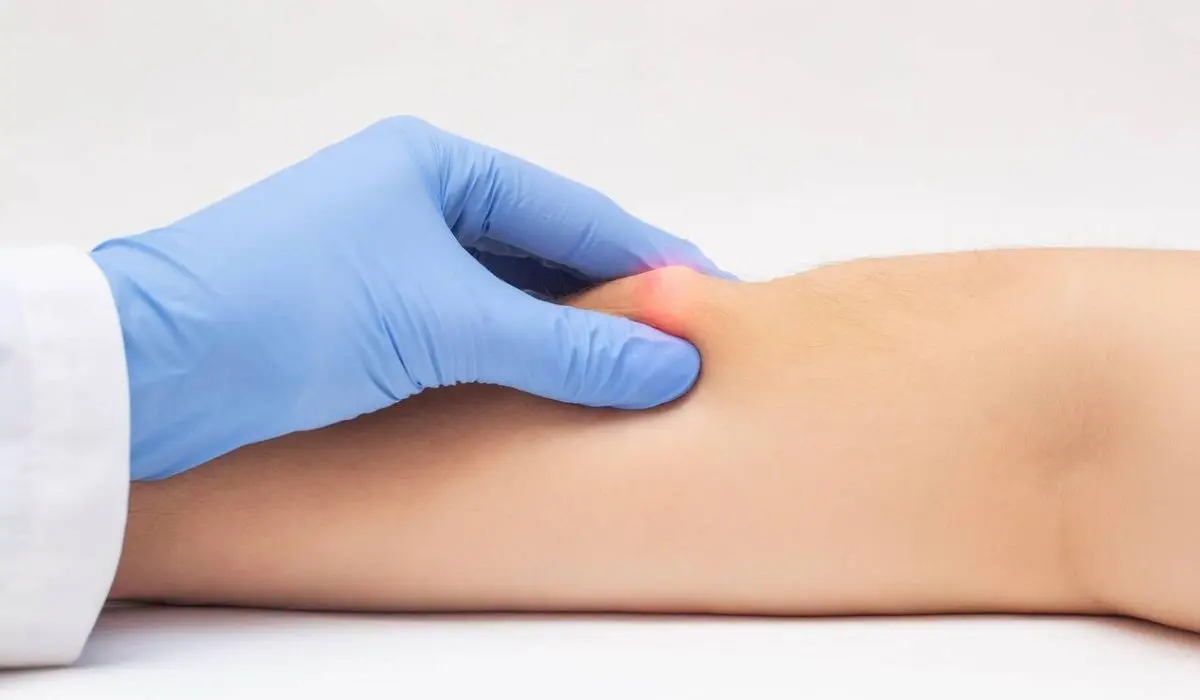Hey there, savvy readers! Today, let’s embark on a journey into the realm of health and wellness, specifically exploring the enigma surrounding lipomas. You might be wondering, “Is Lipoma Dangerous?” Well, buckle up, because we’re about to peel back the layers and get to the bottom of this intriguing question.
What Is Lipoma?
First things first, let’s break down the basics. Lipomas, those curious lumps that sometimes make an unexpected appearance under our skin, have been the talk of the town lately. But what exactly are they? These soft, rubbery nodules are generally harmless fatty tumors that choose to set up camp between our skin and muscle layers.

Separating Fact From Fiction: Dispelling Common Myths
Let’s bust some myths now! Lipoma is often characterized by benign tumors, and, for some reason, there’s this misconception that every bump is dangerous, but that isn’t always true. These lumps of cells tend to be benign—unlike other bad versions, they aren’t likely to cause much harm in the grand scheme of things.
What Are The Risks Of Lipoma?
The million-dollar question remains: Are lipomas dangerous? Well, good news—most of the time, they’re not. Lipomas are like the laid-back, easygoing buddies of the tumor world. In the vast majority of cases, they’re harmless, causing more cosmetic concern than genuine health issues.
What Are The Complications Of Lipoma?
While lipomas typically keep a low profile on the danger scale, there are instances where a little vigilance is warranted. If you notice sudden changes in the size or texture of the lump, or if it starts getting painful, it’s time to hit the alarm button. In rare cases, these fatty tumors can throw us a curveball, so keeping an eye out for any suspicious developments is key.
How Is Lipoma Diagnosed?
So, you have discovered a strange bump, and you suddenly find yourself entangled with doubt. Fear not! It’s wise to get advice from professionals. The physician may have a physical check-up and even consider ordering a biopsy to make sure the lump is safe. Keep that in mind—knowledge is power—and for peace of mind, it’s the initial one.
How Is Lipoma Treated?
Now, let’s talk about treatment. For the most part, these lumps and bumps don’t need too much care. Most of the time, you can allow them to be as they are without fear of damaging anything. But if they’re bothering you, or when in doubt at all, removal with surgery would be the go-to solution. It’s as ineffectually polite as “goodbye”—abrupt, uncomplicated, and, more often than not, the final chapter.
Conclusion
Finally, the million-dollar question—Is Lipoma dangerous? Well, not really. Soft, squeezable buddies—these likely won’t do you any harm; just maybe they will follow you around for some reason. It’s just about being mindful of this and taking professional advice whenever something doesn’t feel right. Information is our friend, and in terms of health, this knowledge will take us far.
And there you go, guys! Straight-up facts about lipomas so we all understand without sounding like professors Be aware, be well, but do not let the fatty lumps disturb you.
So, there you have it, folks! The lowdown on lipomas is brought to you in a language as easy as a Sunday morning chat. Stay informed, stay healthy, and don’t let those fatty nodules steal your peace of mind.
FAQ
A lipoma is a benign (non-cancerous) growth of fat cells. It generally presents as a soft, resilient lump under the skin and is generally slow-growing.
In general, lipomas aren’t considered dangerous. They’re generally inoffensive and don’t develop into cancer. Still, in rare cases, some lipomas may cause discomfort or be a sign of a new medical condition.
The exact cause of lipomas is frequently unknown. They may be associated with an inheritable predilection, but factors such as age, rotundity, and family history may contribute.
Lipomas are generally soft, portable, and effortless to the touch. Cancerous lumps may be hard, fixed in place, and frequently associated with pain. Still, it’s essential to consult a healthcare profe
Lipomas themselves don’t turn into cancer. Still, if you notice changes in the size, shape, or characteristics of a lump, it’s pivotal to seek medical attention, as it may indicate a different issue.
More: Early Symptoms Of Lupus In Women – 7 Initial Signs You Shouldn’t Overlook

